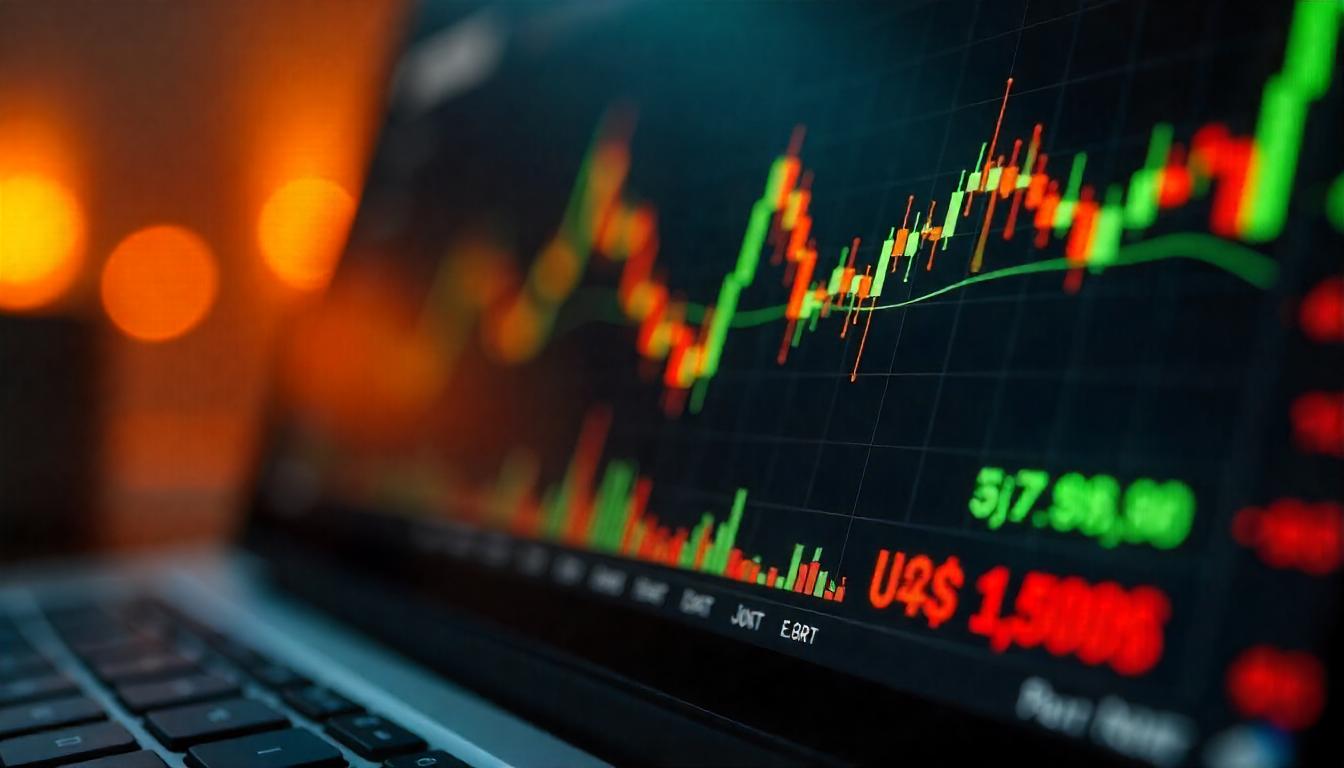Bitcoin and Euro Strengthen Against U.S. Dollar as U.S. Stock Market Faces Turmoil, Indicating Shift in Capital Flows
Bitcoin (BTC) and the euro (EUR) are defying the broader downturn in U.S. stocks, with both assets showing resilience against the weakening U.S. dollar. The shift suggests that investors may be moving away from traditional U.S. assets in favor of alternative currencies like Bitcoin and the euro, signaling a potential change in market sentiment.
Options data reveals a growing bullish bias for both Bitcoin and the euro. Bitcoin’s near-term risk reversals have flipped positive, with more investors favoring call options over puts. This marks a significant reversal from prior periods when puts were in higher demand, reflecting greater concern over market volatility. According to data from platforms such as Deribit and Amberdata, this shift indicates increasing confidence in Bitcoin’s price trajectory, despite broader market uncertainties.
Similarly, the one-month EUR/USD risk reversal has also turned positive, with traders increasingly betting on the euro’s strength against the U.S. dollar. According to Jens Nordvig, CEO of Exante Data, the shift towards euro call options reflects a growing preference for the euro in the current market environment.
Risk reversals indicate whether investors are betting on the rise or fall of an asset. A positive risk reversal signals that more traders expect the price of the underlying asset to increase. In this case, the positive risk reversals for both Bitcoin and the euro suggest that market participants anticipate continued strength for these assets relative to the U.S. dollar.
The resilience of Bitcoin and the euro stands in stark contrast to the performance of U.S. stocks. On Monday, the Dow Jones Industrial Average saw a sharp decline of over 700 points, bringing its month-to-date drop to more than 9%. The dollar index, which measures the value of the U.S. dollar against a basket of other major currencies, fell to a three-year low of 98, marking a 10% drop over the past three months. Additionally, U.S. Treasury bond yields for longer durations have risen, with the 30-year yield climbing to 4.90%.
This decline in U.S. assets is largely attributed to increasing market uncertainty, fueled by President Donald Trump’s trade war policies and his public criticism of Federal Reserve Chairman Jerome Powell. Trump’s recent remarks calling Powell a “major loser” and his calls for immediate interest rate cuts have added to the volatility in U.S. financial markets.
“We’re witnessing a dramatic shift in asset allocation, with correlations between assets breaking down in unprecedented ways. Investors are reassessing their positions in light of growing global uncertainty,” said Nordvig in a recent post on X.
Meanwhile, Bitcoin has surged past $88,000, while the euro reached 1.1575 against the U.S. dollar, marking its highest level since November 2021. Gold has also hit new highs, surpassing $3,400 per ounce and reaching an all-time peak of $3,495 at press time.
The rise of Bitcoin and the euro, alongside gold’s ascent, indicates a potential shift in investor behavior, with capital moving away from traditional U.S. assets into decentralized and safer alternatives. As the U.S. stock market continues to face uncertainty, it seems that more investors are turning to assets that offer protection from volatility, inflation, and currency devaluation, suggesting that the dynamics of global capital flows may be undergoing a significant transformation.





